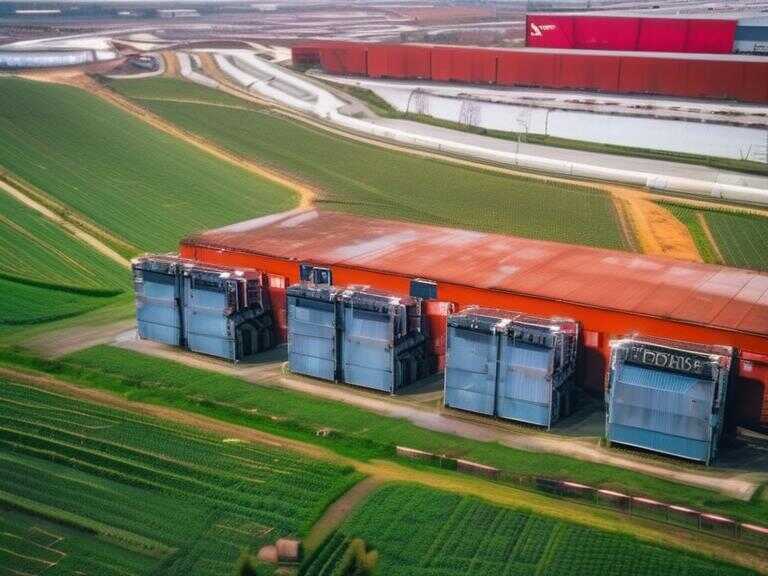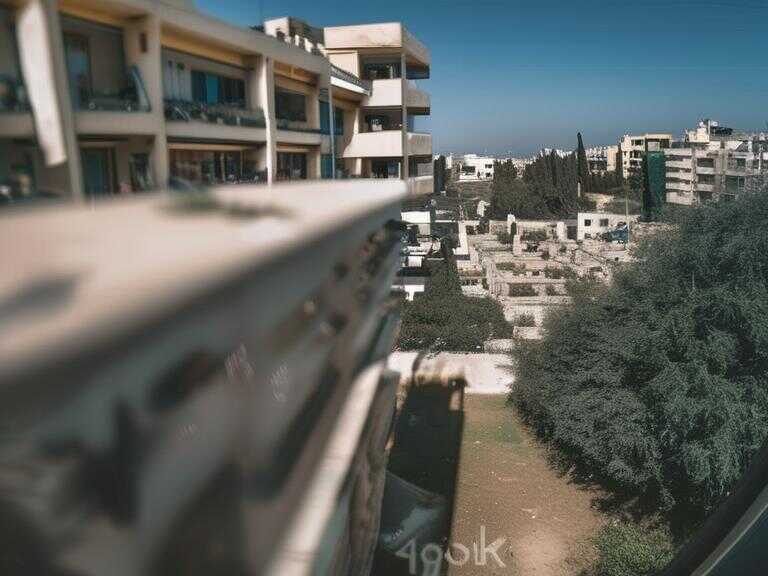
Drought and Mismanagement Threaten Mexico's Famed Valle de Bravo Reservoir and Tourism Industry
Valle de Bravo faces crisis: drought, water transfers, and unrestrained construction threaten lake and tourism, but complaints are hindered by lawlessness.

Once a popular weekend destination for the affluent residents of Mexico City, Valle de Bravo is now facing a dire situation. The once-glistening getaway has been reduced to a small, increasingly polluted area of mud flats and water due to a combination of factors including drought, water transfers to the capital, poor planning, and lawlessness.
A Drained Reservoir
Residents of Valle de Bravo are witnessing the decline of the reservoir, known as Valle since the 1940s, due to Mexico City's negligence in fixing broken pipes that lead to wastage of water. Additionally, the construction of private dams and holding ponds by wealthy and powerful newcomers is further exacerbating the depletion of the lake. Despite the National Water Commission's inaction in addressing the issue, the residents and activists are powerless in the face of their beloved lake's disappearance.
Moises Jaramillo, a tour boat operator, expressed the frustration felt by many locals towards the lack of action from the Water Commission. The recent move by the Commission to close down boat launch docks has added to the challenges faced by operators and tourists alike.
Plight of the Tourists
With the diminishing size of the lake, it has become increasingly difficult to attract tourists. Visitors now have to navigate through mud flats and endure the unpleasant sight and smell of the water to reach the shrunken shore. Such conditions have led to a significant drop in tourism, affecting boat operators and property prices in the area.
The Impact on Tourism and Property
Valle de Bravo, often referred to as Mexico's version of the Hamptons, is a favored retreat for the country's affluent families. The area, known for its scenic beauty and luxurious amenities, typically sees an influx of visitors from Mexico City. However, the reservoir's current capacity, at 29.3% compared to 52% the previous year, is causing concern among residents and officials.
Controversy Surrounding Water Deliveries
Officials from Conagua and Mexico City have downplayed the situation, citing a temporary reduction in water deliveries to the greater Mexico City area as a solution to the problem. They have assured that the issue will be resolved once the seasonal rains begin in June. However, locals like Jaramillo are skeptical, asserting that the falling water levels pose a permanent threat to the lake's existence.
Private Luxury Compounds Adding to the Crisis
Besides the impact of the drought, the surge in the development of luxury compounds with private lakes for recreational purposes has significantly contributed to the water shortage. Many of these private entities are diverting substantial amounts of water, preventing it from reaching the reservoir. The construction of additional private lakes and ponds, despite the ongoing water crisis, further compounds the predicament faced by Valle de Bravo.
Challenges in Addressing the Issue
Efforts to address the extraction of water by private entities have been hampered by the need for formal complaints from local residents. However, the area's proximity to regions controlled by the Familia Michoacana drug cartel poses challenges in identifying and reporting such violators. The presence of wealthy individuals, presumed to be associated with the cartel, adds to the complexity of addressing the water crisis.
Uncertain Future
The uncertainty surrounding Valle de Bravo's reservoir and the challenges in rectifying the water shortage persist, leaving the future of this once-thriving destination in jeopardy. The residents, who have long depended on the lake for their livelihoods, continue to grapple with the environmental and economic repercussions of the diminishing water levels.
Share news















